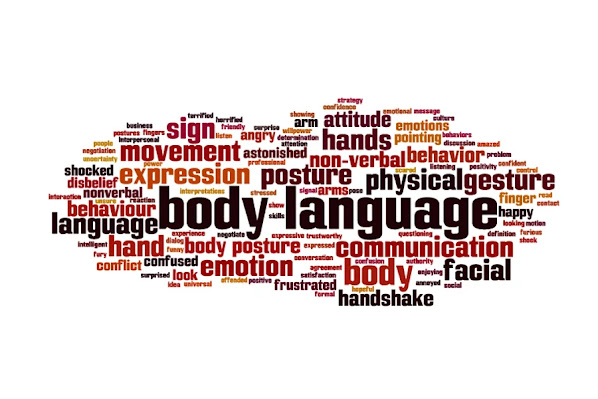Beyond Words: The Interplay of Verbal and Nonverbal Communication
While words play a crucial role in communication, they are only one aspect of the complex web of interactions that take place between individuals.
Nonverbal communication, which encompasses a wide range of cues and signals, is equally important in conveying meaning and emotion.
In this blog post, we will explore the differences between verbal and nonverbal communication and discuss the importance of nonverbal cues in the communication process.
Verbal Communication:
Verbal communication involves the use of words and language to convey information, thoughts, and feelings. It can be spoken, written, or signed and is an essential tool for expressing our ideas and emotions, requesting or providing information, and influencing others. Verbal communication can be influenced by factors such as language proficiency, vocabulary, tone, and clarity of speech.
Nonverbal Communication:
Nonverbal communication refers to the cues and signals we use to communicate without words. These cues can be visual, auditory, or tactile and can significantly influence the meaning and interpretation of a message. Some common types of nonverbal communication include:
- Facial expressions (e.g., smiling, frowning)
- Gestures (e.g., waving, pointing)
- Body posture and movement (e.g., slouching, leaning)
- Eye contact and gaze
- Proxemics (the use of personal space and distance)
- Paralanguage (e.g., tone of voice, pitch, volume)
- Haptics (touch)
The Importance of Nonverbal Cues:
Nonverbal cues play a vital role in the communication process, serving various functions:
- Reinforcing verbal messages: Nonverbal cues can emphasize or clarify verbal communication, making the message more explicit and easier to understand.
- Contradicting verbal messages: Sometimes, nonverbal cues can contradict verbal messages, revealing a person's true emotions or intentions.
- Regulating conversation: Nonverbal cues can help manage the flow of conversation, signaling when it's time to speak or listen.
- Expressing emotions: Nonverbal cues can convey emotions that may be difficult to express through words alone.
Here are some tips to improve your nonverbal communication skills:
- Observe others: Pay attention to the nonverbal cues of people around you and try to understand how they contribute to the overall communication process.
- Be mindful of your own cues: Be aware of your facial expressions, gestures, and body language, and ensure they align with your verbal messages.
- Practice active listening: Show interest and engagement in conversations by maintaining eye contact, nodding, and using appropriate facial expressions.
- Respect cultural differences: Recognize that nonverbal cues can vary across cultures, and educate yourself about cultural norms to avoid misunderstandings.
Conclusion:
The interplay of verbal and nonverbal communication is crucial for effective communication.
By understanding and harnessing the power of nonverbal cues, we can enhance our communication skills and foster better understanding in our personal and professional relationships.

Comments
Post a Comment